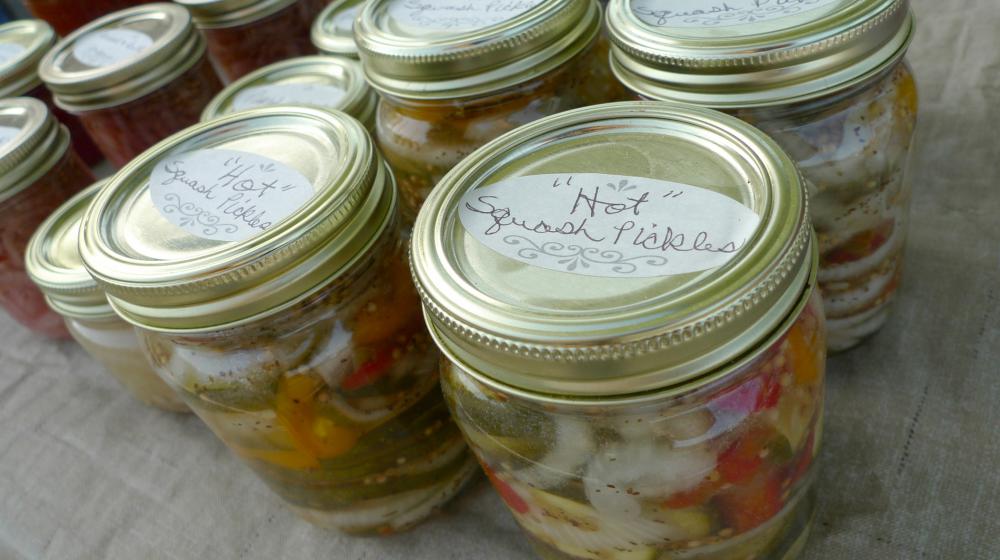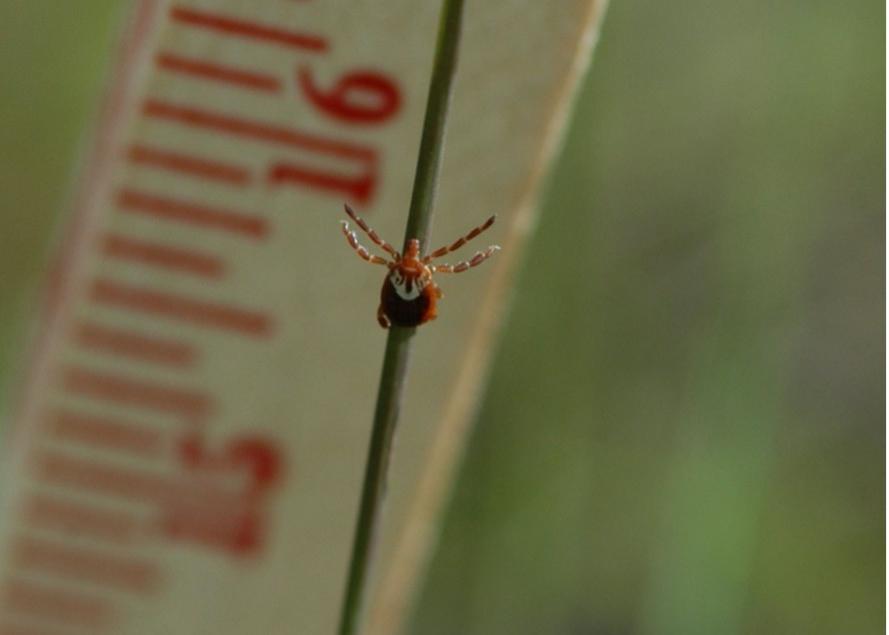Home Canning FAQs

Dreaming of a pantry stocked with home canned produce? Make sure you follow the proper techniques with the correct equipment and research-tested recipes. Photo by: Tamara Harding/stock.adobe.com
Are you planning to can fruits and vegetables this year? Don’t just wing it. Planning and preparation are important first steps.
Make sure you have the right equipment and research-tested recipes. Both are essential to a safe product. Remember, home food preservation is a science.
MSU Extension Agents Fran Brock and Amy Walsh, who both have extensive training in food preservation, shared some questions they frequently get asked about home canning.
Can I use a sugar substitute in place of regular sugar when making jam or jelly? No. Sugar helps with the gel formation in regular jams and jellies. It also reduces moisture for microbial growth. If you prefer a reduced sugar or sugar-free jam or jelly, make sure to use the correct recipe.
I am scared of a pressure canner. Can I just use a boiling water-bath canner for a longer period of time? No. Low-acidic foods, such as green beans, carrots or meats, must be pressure canned. That is the only way to get the food item to the proper temperature to kill bacteria, including those that cause botulism. No matter how long you process the item in a water-bath canner, it will still not reach the proper temperature.
Why are my jars not staying sealed? It could be several reasons. Here’s a few:
- The jar rim had a nick. It is okay to reuse jars but always check for nicks in the rim of your jars. Older jars could have a nick from past use, which could cause the jar to not stay sealed.
- The jar rim was dirty. A simple little speck of jelly or fuzz from a towel could keep the jars from staying sealed.
- The jar lids were not properly handled. Not all brands of jar lids require simmering. Be sure to read the instructions on the jar lids before using them. Never reuse lid flats. Only reuse rings that are free from rust or damage.
Here are some other FAQs from the National Center for Home Food Preservation.
What should I do if I notice a buckled lid after canning?
A buckled lid is one that has sealed but shows a crease across a section or edge, indicating improper jar filling or lid tightening during the canning process. These lids often have a high failure rate, meaning the vacuum seal is likely to be lost during storage, making the food unsafe for long-term storage. If you notice the buckled lid right after processing, the food is still safe as long as you handle it properly. You can refrigerate, freeze, reprocess (please read reprocessing guidelines here) within 24 hours. However, if you discover buckling while the jar is on the shelf, you should assume the food has spoiled and throw it out.
Is it necessary to exhaust a pressure canner?
Yes, it is very important to allow steam to escape for 10 minutes before closing the valve or placing the weight on the vent. If the canner is not exhausted, the inside temperature may not correspond to the pressure on the gauge.
What causes jars to break in a canner?
Breakage can occur for several reasons: (1) using commercial food jars rather than jars manufactured for home canning, (2) using jars that have hairline cracks, (3) putting jars directly on bottom of canner instead of on a rack, (4) putting hot food in cold jars, or (5) putting jars of raw or unheated food directly into boiling water in the canner, rather than into hot water (sudden change in temperature; too wide a margin between temperature of filled jars and water in canner before processing).
Can I use flaked salt for pickling?
Most recipes call for granulated pickling or canning salt. Flake salt varies in density and is not recommended for pickling.
Why did the liquid in my dill pickles turn pink?
Using overmature dill may cause this. If so, the product is still safe. However, yeast growth could also cause this. If yeast growth is evident, discard the pickles. Yeast growth may also make pickles cloudy or slimy.
Should jelly be boiled slowly or rapidly?
It should be boiled rapidly since long, slow boiling destroys the pectin in the fruit juice.
What do I do if there’s mold on my jellied fruit product?
Discard jams and jellies with mold on them. The mold could be producing a mycotoxin (poisonous substance that can make you sick). USDA and microbiologists recommend against scooping out the mold and using the remaining jam or jelly.
Want to learn more or have other questions? You can get more information and research-tested recipes from our MSU Extension Publication 1152, “The Complete Guide to Home Canning” and the National Center for Home Food Preservation.
Subscribe to Extension for Real Life
Fill in the information below to receive a weekly update of our blog posts.








